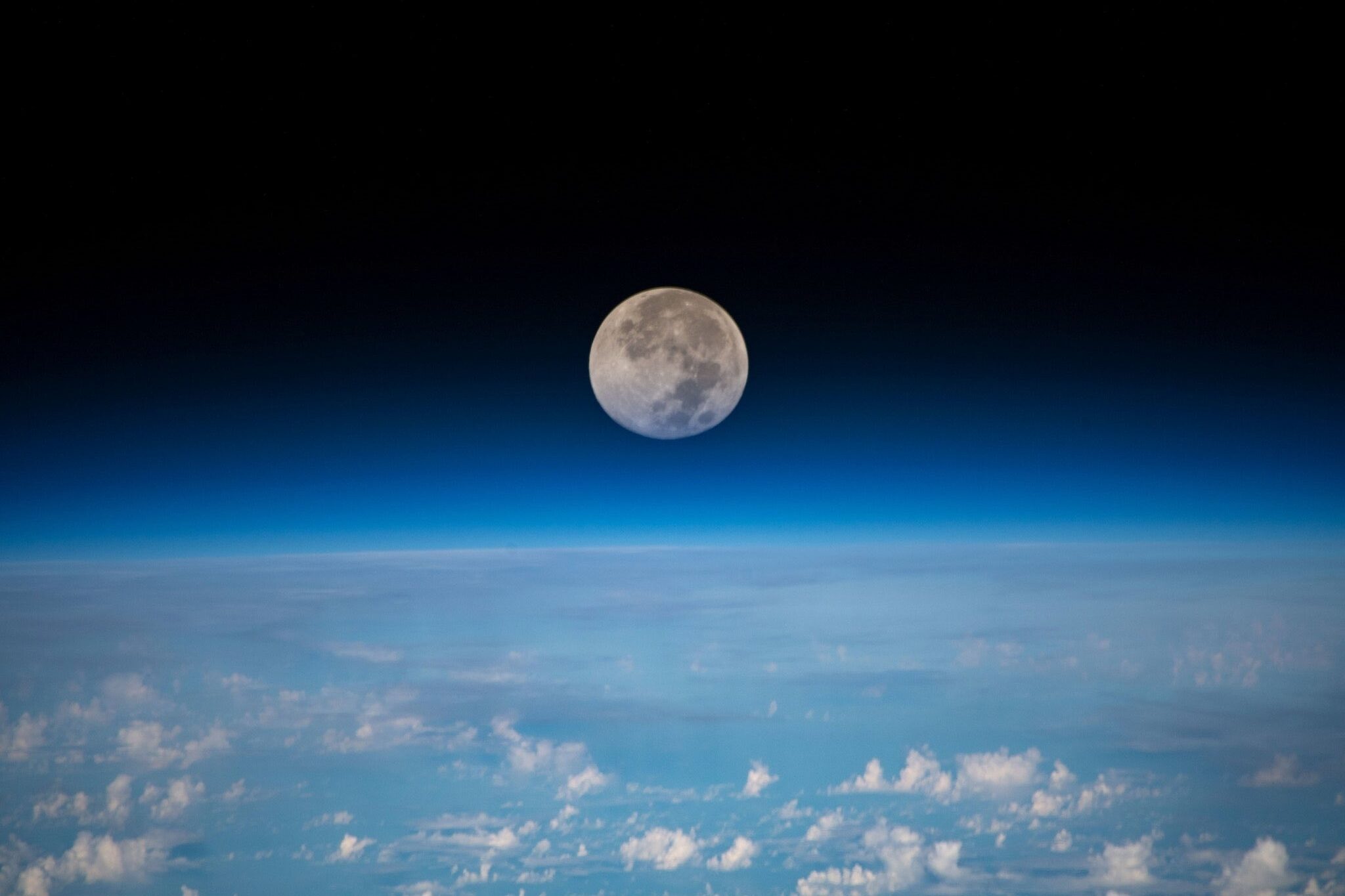Products You May Like
GOLDEN, Colorado — The increased amount of space hardware flying through cislunar space and around the moon is, among experts, a growing worry. Even one fragmentation event can have calamitous and far-reaching consequences for future lunar exploration, which drives the need for appropriate debris characterization tools.
That’s the view of two Purdue University researchers who caution that space domain awareness is lacking at a time when cislunar activity is intensifying. Orbital debris that now encircles the Earth has primarily been generated through collisions, propellant tank explosions, detonation of batteries or the deterioration of aging or damaged spacecraft, among other causes.
Studies indicate that breakup events in the cislunar domain can carry fragments well beyond their original orbits, even as far as Earth. What’s needed, they conclude, is better appraisal of the behavior of possible cislunar clutter.
Having space junk in cislunar space — the region between the Earth and the moon — or orbiting the moon itself would be cause for concern. In terms of moon-circling rubbish, there is no natural cleaning mechanism like the drag Earth’s atmosphere induces on orbiting flotsam. Fragments circuiting the airless moon just stay there, bound in the lunar gravity.
Chaotic nature
Raising the cislunar debris warning flag is Arly Black and Carolin Frueh at Purdue University in West Lafayette, Indiana. Black is a graduate research assistant at Frueh’s Space Information Dynamics Group in the university’s School of Aeronautics and Astronautics. The team identified a number of issues in their research, recently published in Advances in Space Research, the journal of the Committee on Space Research.
They point out that multi-nation lunar and cislunar exploration is already underway. Still lacking, however, is more knowledge and modeling of spacecraft breakups in the cislunar environment. For example, China’s series of lunar orbiters, landers and rovers, Israel’s Beresheet first moon lander attempt, India’s Chandrayaan-3 mission to the lunar south pole, as well as NASA’s CAPSTONE pathfinder mission, now in extended mission mode at the Earth-Moon L2 near-rectilinear halo orbit (NRHO).
Furthermore, NASA’s Commercial Lunar Payload Services is engaging private American firms to plop down space agency science and technology payloads on the moon’s surface.
NASA’s Artemis endeavor also involves the small, crew-visited multi-purpose Gateway outpost to be positioned in a NRHO to support lunar surface missions, science missions in lunar orbit and the eventual return of human crews to reboot the moon.
Black and Frueh explain that point solutions for individual spacecraft breakups in particular cislunar orbits can and have been modeled in the past. However, more work is needed to comprehensively predict breakup behavior on a global scale, “without requiring new simulations for every possible permutation, which is both computationally expensive and relies on precise parameter information,” they write in the paper.
There’s a need to take into account spacecraft motion in the Earth-moon system. Then there are pertinent forces at work, such as solar radiation pressure and gravitational influences of Jupiter and the Sun.
“Given the chaotic nature of the system dynamics in this region, nearby orbits and cases may exhibit entirely different behavior,” the university researchers explain in their journal paper, adding that many relevant debris scenarios remain unexplored.
Complex dynamics
Near-Earth space situational awareness continues to be a work in progress, Black tells SpaceNews, “and even after so many decades of space activity, we have yet to fully combat the problems of debris in a simple two-body system.”
The complex dynamics of a three-body system, applied to a space object near the moon for instance, poses a much larger challenge, said Black.

“Given the renewed fervor for lunar exploration, the cislunar population is expected to increase significantly over the next few years,” Black said. “And if we have learned anything from near-Earth fragmentation analysis, it is that we cannot wait until a critical capacity is reached to address the issues surrounding debris.”
Black added that the research work aims to take a proactive approach to cislunar debris analysis, “before a catastrophic fragmentation event occurs,” in order to understand the consequences of such an event in multiple cislunar locations — and to highlight potential areas of mitigation.
Not if, but when
Fragmentations of human-made objects in the cislunar region are detrimental, Frueh tells SpaceNews, as the pieces can flow back and impact the moon, or to the Earth and near-Earth space, potentially interacting with satellites there.
“Some fragments will continue to travel and cross the region between the Earth and the moon, being a hazard for the active space missions in that region,” observed Frueh. Even rubble that leaves the Earth-moon system in the direction of the sun might come back, decades later, she said.

Indeed, such a scenario appears to have involved Snoopy, a discarded ascent lunar module from the crewed Apollo 10 mission back in May 1969. It was jettisoned and flung into an orbit around the sun, then later spotted as an Earth-crossing object by amateur astronomers who said with near certainty it was Snoopy. Frueh and colleagues also looked into the reentering object in 2015 and “matched it reasonably well with the Snoopy hypothesis,” she said.
“With the increased amount of space fairing in the region, it is not a question if we will see fragmentations of human-made objects in the cislunar space, but when,” Frueh emphasized. “With the best effort of space situational awareness, we hope to push out that time further into the future.”
